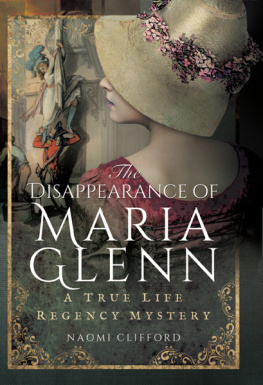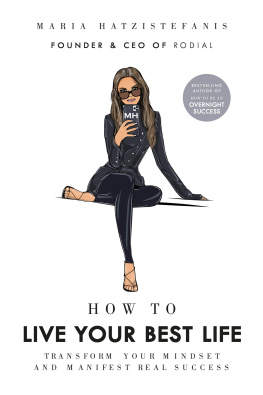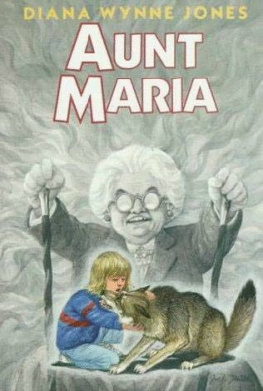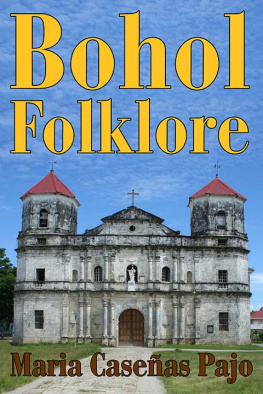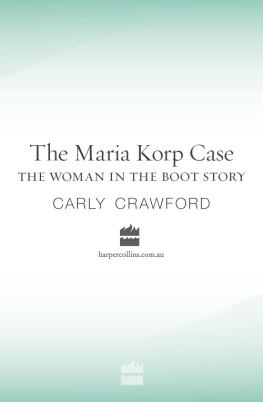First published in Great Britain in 2016 by
PEN AND SWORD HISTORY
an imprint of
Pen and Sword Books Ltd
47 Church Street
Barnsley
South Yorkshire S70 2AS
Copyright Naomi Clifford, 2016
ISBN: 978 1 47386 330 9
PDF ISBN: 978 1 47386 333 0
EPUB ISBN: 978 1 47386 332 3
PRC ISBN: 978 1 47386 331 6
The right of Naomi Clifford to be identified as the author of this work has been asserted by her in accordance with the Copyright, Designs and Patents Act 1988.
A CIP record for this book is available from the British Library
All rights reserved. No part of this book may be reproduced or transmitted in any form or by any means, electronic or mechanical including photocopying, recording or by any information storage and retrieval system, without permission from the Publisher in writing.
Printed and bound in England
by CPI Group (UK) Ltd, Croydon, CR0 4YY
Typeset in Times New Roman by
CHIC GRAPHICS
Pen & Sword Books Ltd incorporates the imprints of Pen & Sword Archaeology, Atlas, Aviation, Battleground, Discovery, Family History, History, Maritime, Military, Naval, Politics, Railways, Select, Social History, Transport, True Crime, Claymore Press, Frontline Books, Leo Cooper, Praetorian Press, Remember When, Seaforth Publishing and Wharncliffe.
For a complete list of Pen and Sword titles please contact
Pen and Sword Books Limited
47 Church Street, Barnsley, South Yorkshire, S70 2AS, England
E-mail:
Website: www.pen-and-sword.co.uk
Contents
Part 1
Taunton, 22 September 1817
Part 2
Dorchester
Part 3
London, 1 October 1820
Illustrations
Characters
It is the readers misfortune that many characters in this story share surnames, even though they are not related, or at least not closely. Two men called James Bowditch appear in the narrative, one a young farmer who played a central role in the drama, the other a draper who was only on the sidelines. John Burroughs appeared as a defence witness for the Bowditches but should not be confused with Judge John Burroughs who tried one of the cases in the story. Neither of them were any relation to William Burroughs, a parliamentary candidate in Taunton in 1818. James Scarlett, a son-in-law to Mrs Bowditch, was not related to the eminent barrister of the same name who defended the Bowditches from 1819 and later became known as Lord Abinger. William Woodford, a Taunton carpenter who appeared as a witness for Maria Glenn in London, was not connected with the wealthy Woodforde family of Taunton, who were powerful Bowditch supporters. The story features both Henry James Leigh, a Taunton solicitor, and James Henry Leigh Hunt, a radical journalist. Two women called Susanna and two called Elizabeth also feature, so I have used Betsey Bowditch and Susan Bowditch to distinguish them from Elizabeth Snell and Susanna Mulraine. And as if that were not enough, both the churches that feature in the story, one in Taunton and the other in Thornford, Dorset, are dedicated to St Mary Magdalene.
The Tuckett household and friends
Maria Glenn A young heiress from St Vincent
George Lowman Tuckett Marias second cousin and uncle by marriage; a barrister in Taunton
Martha Tuckett Marias aunt, her mothers sister
Frederick, Glenn, Fenton, Gertrude, Lucretia and Anna Eliza Tuckett Marias cousins
Mary Ann Whitby Nursemaid to the Tuckett children
Jane Marke Cook in the Tuckett household
Elizabeth Snell Housemaid working for the Tucketts
Sarah Slade The Tucketts former nursemaid
Mary Fenton Glenn Marias widowed mother, resident in St Vincent
William Glenn Marias paternal grandfather, owner of two plantations on St Vincent
Rachael French Marias maternal grandmother
Maria Burrows George Lowman Tucketts sister, married to John Burrows, a magistrate in London
The Rev Blakely Cooper A Church of England clergyman, resident in Yetminster, Dorset
William Thompson A Taunton doctor
William Woodford A Taunton carpenter
The Bowditches and their friends
Joan Bowditch A widowed farmer at Holway Green, Taunton
William Bowditch Joan Bowditchs eldest son, an innkeeper resident in Taunton
James Bowditch Joan Bowditchs second son, a farmer living at Holway Green
Betsey Bowditch (later Gibbens); Susan Bowditch (later Gibbens); Sarah Bowditch Joan Bowditchs daughters resident at Holway Green
Ann Bowditch Joan Bowditchs daughter, working in Ireland
Mary Scarlett Joan Bowditchs daughter, married to James Scarlett
James Scarlett A journalist and printer at the Taunton Courier
Juliana Paul Joan Bowditchs eldest daughter, married to Thomas Paul
Thomas Paul Julianas husband, a gentleman, of Thornford, Dorset
Susanna Mulraine A young married woman, often resident at Holway Green farm
Charles Puddy A farmer
Rev George Henry Templer A clergyman and magistrate, of Thornford, Dorset; nephew of Thomas Paul
James Bowditch A Taunton linen-draper, not related to the farm James Bowditch
James Sutton An innkeeper in Taunton
Lawyers and judges
Henry James Leigh Tucketts solicitor, of Taunton
Thomas Fooks A solicitor in Sherborne, Dorset
Serjeant Albert Pell A barrister, head of Tucketts team
Stephen Gaselee A barrister (Tucketts team)
Abraham Moore A barrister (Tucketts team)
Charles Frederick Williams A barrister (Tucketts team)
Robert Casberd A barrister (head of the Bowditches team at Dorchester)
William Selwyn A barrister (defence team)
Henry Jeremy A barrister (defence team)
James Scarlett A barrister (head of the Bowditches team after 1818)
Charles Abbott Lord Chief Justice of England
William Kinglake A solicitor in Taunton
John Oxenham William Kinglakes employee, a solicitor
James Alan Park Judge at the Dorchester trial
Family Trees

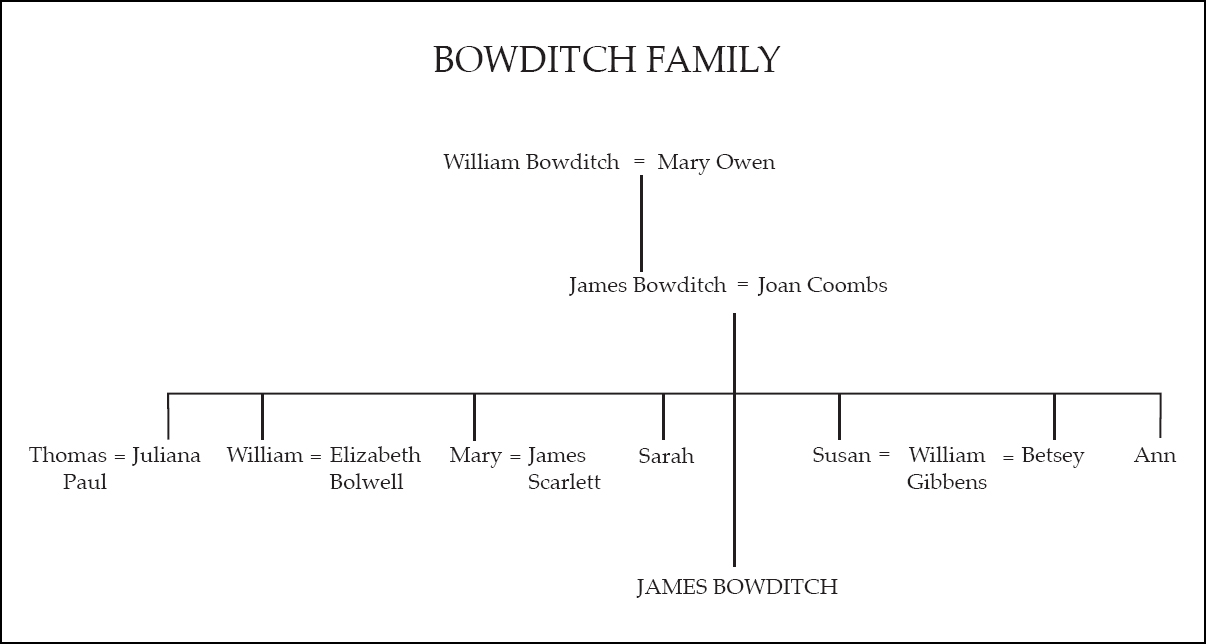
Map of Taunton
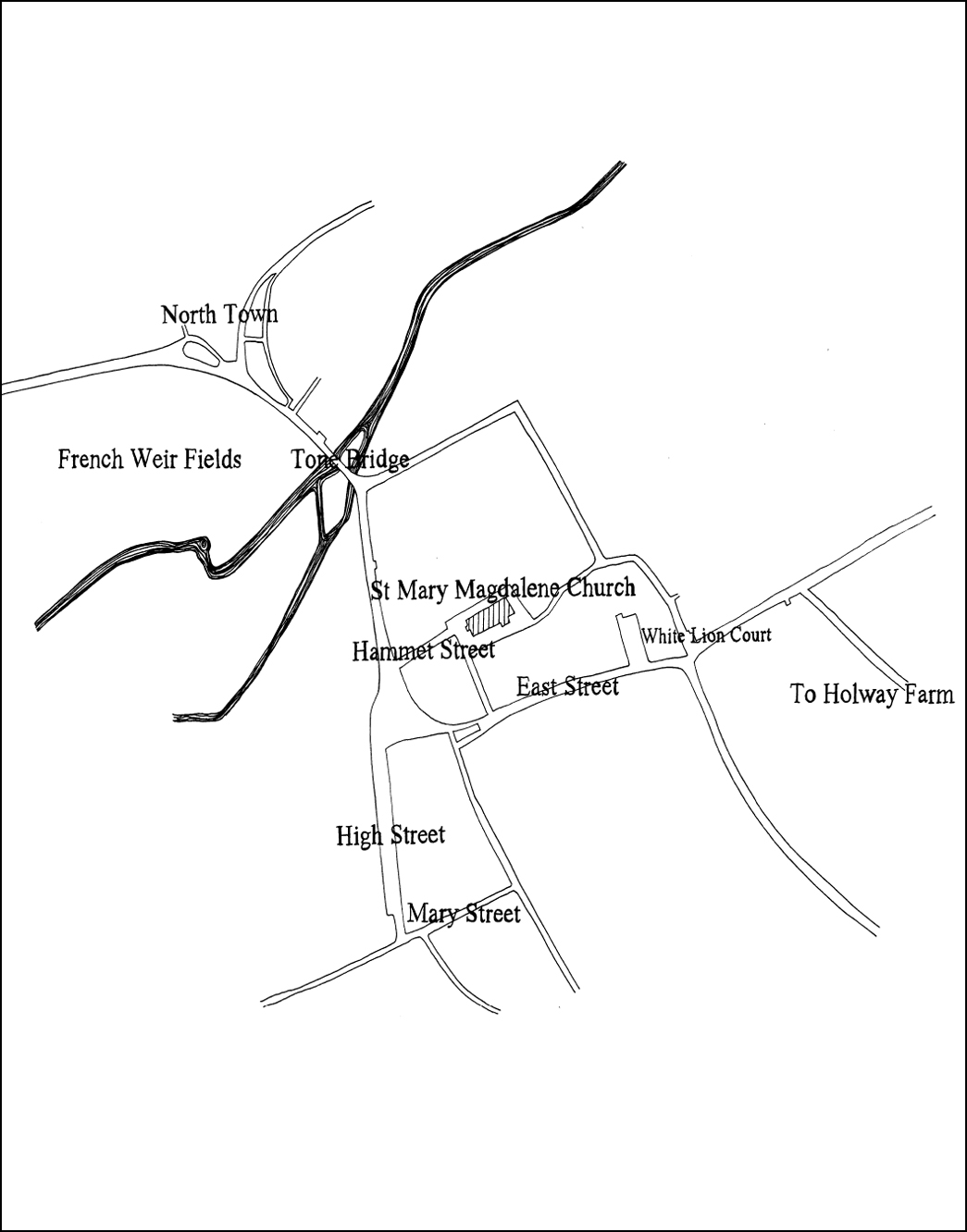
Slavery
Like many people looking into their family history, Maria Glenns descendants have found aspects of their ancestors lives both surprising and distressing. The discovery that the Glenn and Tuckett families had owned slaves on the island of St Vincent gave them a good deal of personal pain.
It would be difficult to find many middle-class British families in the eighteenth and early nineteenth centuries whose lives did not in some way brush the edges of slavery or, as here, sit right in it. Unfortunately, however regrettable our ancestors behaviour, there is, of course, nothing we can do to change it.
Preface
In 2010 I was browsing through the British Librarys online newspaper archive when I came across an extraordinary tale from 1830. A man had been sent anonymous letters by a woman who wanted him to rescue her from her uncles house on the Clapham Road, which happened to be a couple of hundred metres from my own home in south London.
To effect the escape he should bring a rope ladder, some cash and a gun, she wrote, adding that for his gallantry he would be rewarded with her hand in marriage, and her fortune for everything a woman owned, if it was not tied up in trusts, would automatically belong to her husband. He was keen as mustard and showed up, suitably equipped, with a friend. They were both promptly arrested.
Next page
